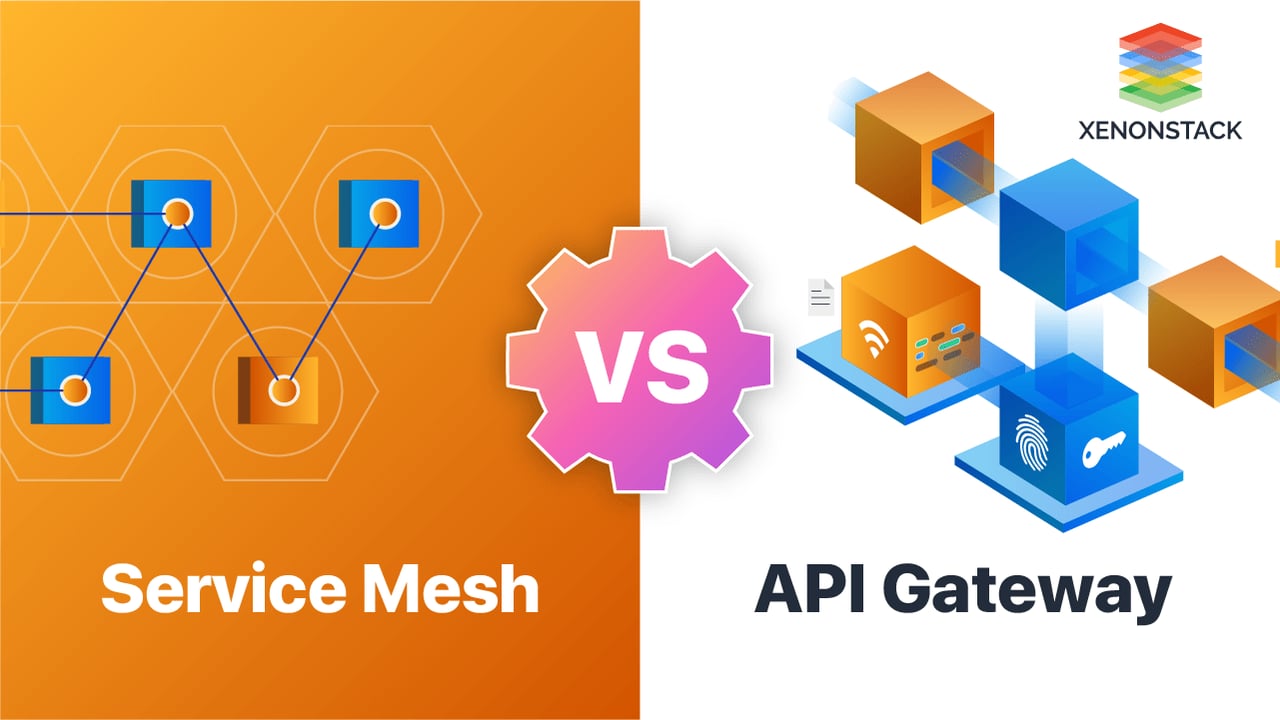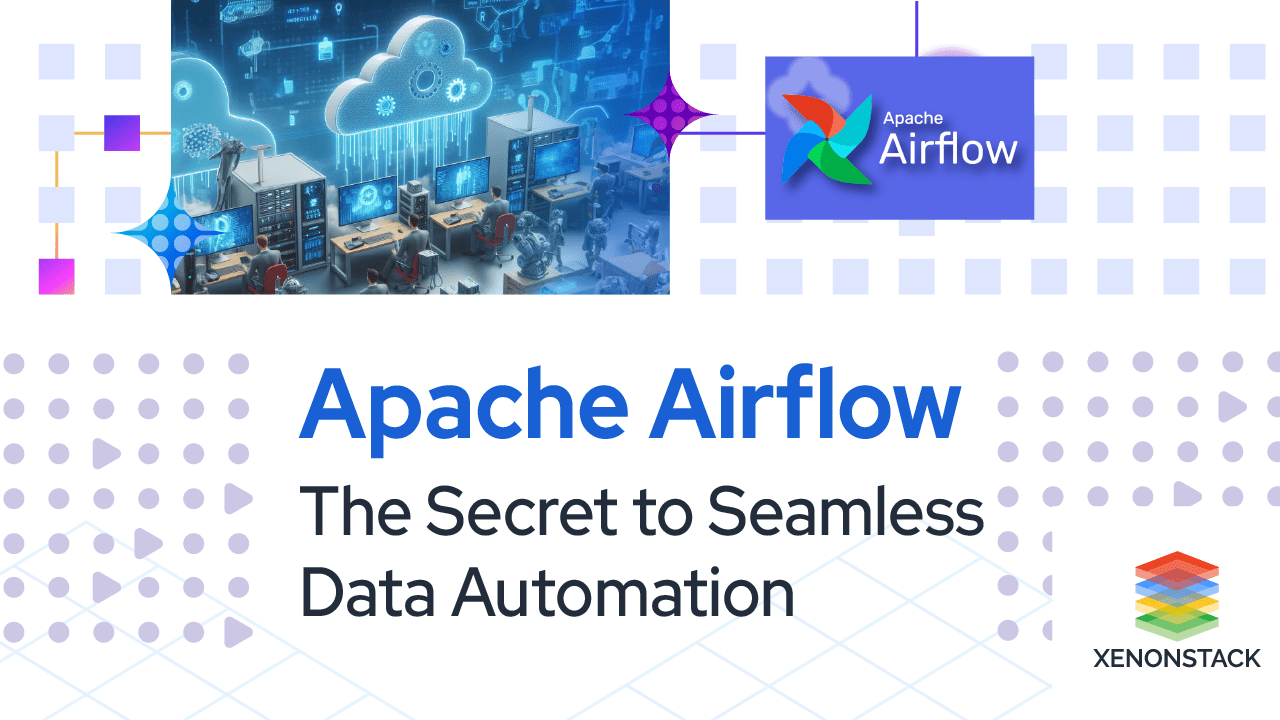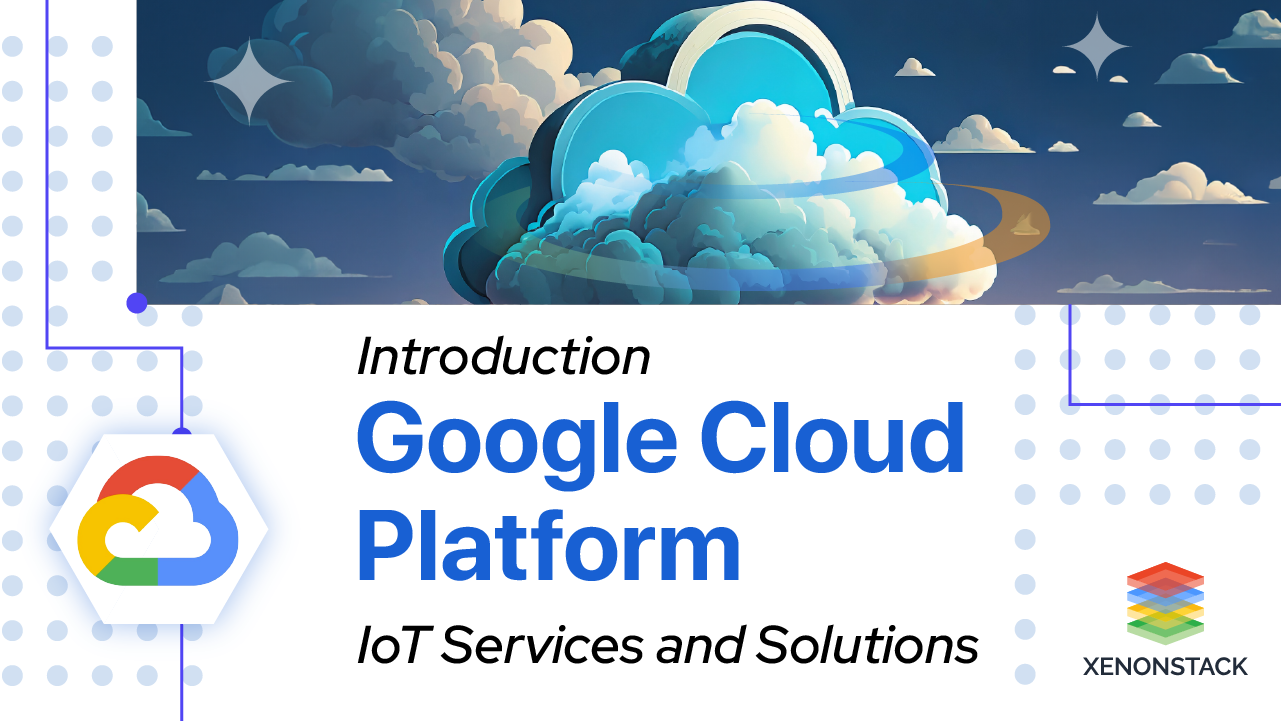
Introduction
API gateway technology has advanced significantly in the past ten years, capturing more significant and extensive use cases in the industry's full lifecycle Application Programming Interface management. Several functionalities allow for the creation, testing, documentation, monetization, monitoring, and overall exposure of our APIs in a much broader context and target a more comprehensive range of user personas from start to finish in addition to the runtime that connects, secures, and governs our API traffic on the data plane of our requests.
API gateway technology has developed significantly, capturing more significant and extensive use cases in the industry's full lifecycle management of Application Programming Interfaces.Click to explore about our, Automated Performance Testing
We are also discovering a pattern with a service mesh that fundamentally enhances how we create service-to-service communication between two or more services operating in our systems. We need to take care of that network request by making it more secure and observable, among other issues, whenever a service wants to make one to another service (for instance, a monolith consuming the database and a microservice consuming another microservice). With its pattern, we are delegating network management of any inbound or outbound request made by any service (not just those that we build but also those that we deploy from third parties) to an out-of-process application (the proxy). Because it lives outside the service, it is, by default, portable and agnostic to support any service written in any language or framework. This leads to confusion among various technologists on how service mesh differs from api gateway and what is more suitable for their needs.
What is a Service Mesh?
It is a layer that decides how data will be passed between various units of an application. It is a vital infrastructure layer solution that can be instantly added to a program. As an application grows, this infrastructure layer can monitor how the different parts interact with each other, making optimizing communication and reducing downtime easier. Modern applications are frequently decoupled as a network of services, each carrying out a specific functionality. One service may need to request data from several other services to perform its functionality.
The functionality of modern applications is frequently divided among a network of services that are decoupled from one another.Click to explore about Automated Performance Testing
How does service mesh work?
It is used in coexistence with a service discovery protocol to detect new services. Service discovery is a container management system that keeps track of instances ready to accept requests or be discovered by other services. It addresses some of the issues raised by distributed microservices by delegating service discovery, connection encryption, error, failure handling, and latency detection and response to a separate entity known as a proxy.
What are the features of service Mesh?
It is a network-based service-to-service communication infrastructure layer. It allows various software components to communicate with each other. These are frequently used with cloud-based programs, containers, and microservices. It enables you to add features like observability, traffic management, and security to your code without modifying it. The service mesh refers to the software required to achieve this design and the resulting security or network domain.
- Managing communications through the control plane improves the efficiency and reliability of service requests, policies, and configurations.
- It provides an understanding of the behavior and health of services. The control plane collects and aggregates telemetry data from component interactions to determine service health.
- A service mesh can encrypt communications automatically and allot security policies.
Data privacy is a discipline designed to protect data from unauthorised access, theft, or loss.Click to explore the Best Practices of Data Privacy.Click to explore about Eight Best Practices of Data Privacy for your Business
Advantage of service mesh over other Architectures
Using service mesh over other architectures provides many benefits -
- Observability: With it, you get tracing, logs, metrics, and security control.
- Traffic Control: It provides network traffic control, which helps us determine where traffic goes.
- Security: It has TLS security, so communication between services is secure.
- Latency and Fault Injection: It provides delay and fault injection, simulating real-world situations.
What is API Gateway?
It is a tool for managing APIs that sits in the middle of a client and a set of backend services. An API gateway is necessary because it provides a single entry point for all internal APIs. It gives you the ability to manage user access. It also implements security features such as rate limiting and security policies such as OAuth or JWT. The use of it is required for the security of microservices.
A Governed data lake is a reliable and secure platform that contains clean data from unstructured and structured sources, easily accessible and protected.Read more about Governed Data Lake Governed Data Lake | The Advanced Guide 2023
Purpose of an API Gateway
It operates as a data layer that enforces traffic and user regulations before delivering client queries to the underlying APIs. Every API request has it on the execution route. It can, and most likely will, impose limits on the response acquired from the underlying API before sending the request to the true client. An API gateway's built-in control plane can monitor and customize the data plane's actions, or the data plane and control plane can be integrated into a single operation. The client and APIs are installed separately from it (in a VM, host, or pod). Because it is completely isolated from the rest of our system and exists in its architectural layer, deployment is straightforward.
It is a conductor that arranges the requests that the microservices architecture processes to provide a more user-friendly experience. It's a translator that combines many requests from a client into a single request, reducing the number of round trips between the client and the application. Your API gateway will take care of issues such as rate limits, user access control, token authorization, and scaling, among other things, minimizing complexity and allowing your API to concentrate on the task at hand.
Why consider it instead of direct client-to-microservice communication?
In a microservices architecture, client apps must typically consume functionality from multiple microservices. If the client consumes directly, it must handle numerous calls to microservice endpoints. Managing many endpoints from client apps can be difficult if your application contains several microservices. Because the client app is bound to those internal endpoints, changes to the microservices may significantly impact the client apps. It acts as a reverse proxy, forwarding client requests to the microservices.
When to use a Service Mesh and API Gateway?
It handles requests outside the application, such as a user's request to access a specific page. On the other hand, it handles internal requests from microservices to other microservices within an application. It can be used together in nearly all applications. While it can make it easier for an application to handle external queries, the service mesh is critical for internal communication.
| Service Mesh | API Gateway |
| Manages internal network services. | Governance |
| Focus on building internal capabilities and connectivity | Expose external services to make them more accessible. |
| It sits in the middle of the subnet and the application. | Map external traffic to internal resources. |
| No real business notion. | Exposes API to serve a specific business function. |
| Traffic Routing | API developer programs |
| Service-to-Service | Client-to-Service |
Conclusion
API gateway and service mesh can be used at once in almost every application. While it may help an application deal with external requests, the service mesh is essential for internal communication. It may pass a request to a particular microservice, but that microservice will need to connect with other microservices, which is where the service mesh comes in. As previously stated, an API gateway can be used without it and vice versa. However, this is becoming increasingly uncommon. You'll want to use both if you want to increase the agility of your app while reducing the number of time engineers spend maintaining communications.
- Discover more about Augmented Data Quality Best Practices
- Click to learn about Big Data Fabric Implementations


